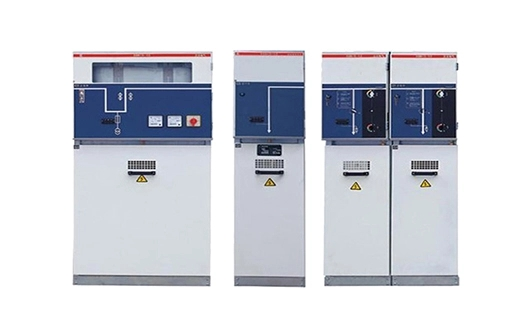en
+
In the ever-evolving technological landscape, surge protection has become a crucial aspect of ensuring the optimal performance and longevity of electronic devices. One of the key components used for surge protection is the Metal Oxide Varistor (MOV) block. In this article, we will delve into the working principle and operation of MOV blocks, shedding light on their importance in safeguarding our electrical and electronic systems.
Metal Oxide Varistors, commonly known as MOVs, are semiconductor devices that provide high resistance at low voltages and low resistance at high voltages. MOV blocks consist of a ceramic-based metal oxide material with two metal plates, providing a highly efficient transient voltage surge suppression mechanism.
The working principle of MOV blocks revolves around their ability to exhibit non-linear current-voltage characteristics. Under normal operating conditions, MOV blocks present a high impedance path to the current flow. However, when subjected to excessive voltage levels, they undergo a sudden decrease in resistance, diverting the excess current away from the protected equipment.
The key to the MOV block's functionality lies in its metal oxide composition. The zinc oxide particles within the MOV respond rapidly to voltage increases, generating a conductive pathway between the two metal plates. This pathway effectively clamps the voltage surge, preventing it from reaching the connected equipment.
When integrated into a surge protection device or circuit, MOV blocks play an essential role in safeguarding sensitive electronics. They operate by continuously monitoring the voltage levels across the connected equipment. In the presence of normal, safe voltage levels, the MOV blocks remain in a high-resistance state, offering no hindrance to the regular flow of current.
However, when a transient surge occurs, exceeding the threshold voltage of the MOV block, it responds almost instantaneously. At this point, the MOV block rapidly changes its state from high-resistance to low-resistance, functioning as a bypass for the excess current. By diverting the surge current away from the equipment, the MOV block ensures that the voltage spike is clamped to a safe level, protecting the connected electronics from damage.
MOV blocks are vital in a wide range of applications where electrical equipment is prone to voltage spikes. They are commonly used in power supply systems, surge suppressors, voltage regulators, and lightning protection systems. By instantly responding to voltage surges, they provide an effective shield against electrical disturbances, preventing damage to sensitive components.
Additionally, MOV blocks are highly reliable components that offer efficient transient voltage suppression without compromising the regular operation of electrical systems. Their ability to withstand repetitive high-energy transients makes them highly suitable for industrial environments where electrical disturbances are frequent.
In conclusion, MOV blocks play a significant role in surge protection by effectively clamping transient voltage surges and diverting excess current away from sensitive electronic equipment. Their metal oxide composition and non-linear characteristics make them reliable and efficient components for maintaining the integrity of electrical systems. By understanding the working principle and operation of MOV blocks, we can appreciate their importance in ensuring the optimal performance and longevity of our electronic devices.




